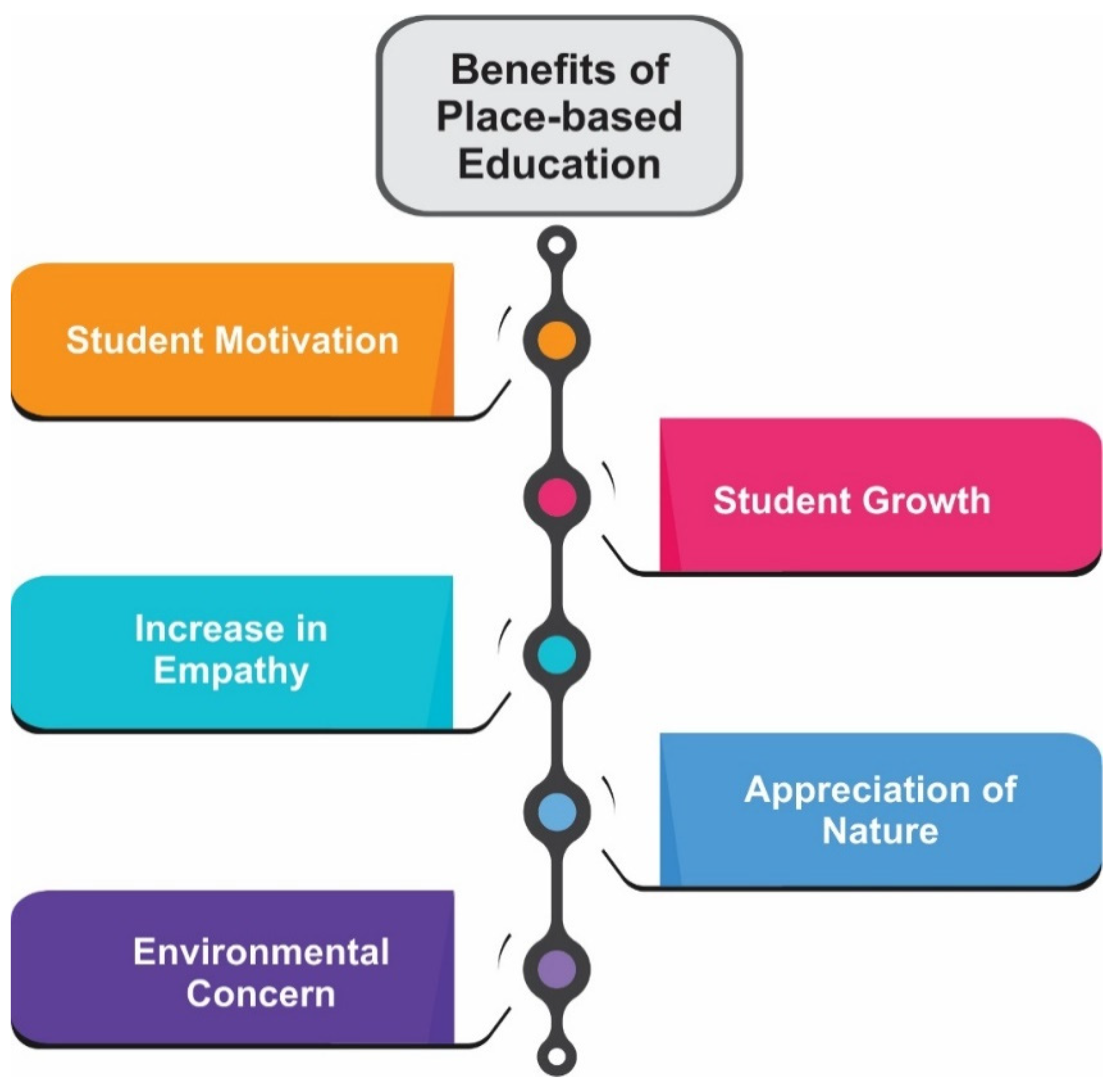
Indeed, people are the creators of artificial environment especially the buildings, also we are influenced by architectural environment gradually and constantly.Ģ.1. Sir Winston Churchill says: “We shape our buildings, thereafter they shape us.”. And in the last section, the case study of Peter Zumthor’s Thermal Bath will help provide a comprehensive understanding of design associated with applications of environmental psychology. In Section Four, standing on the point of normal people, an exploration of relationship of environment, psychological impact and behaviour will be presented.

Section One explains the people-architecture relations and provides a direction of the roles of architecture itself and human in architectural design and contemporary society Section Two mainly characterizes the human sense on buildings and the essence of architectural senses, which will provide the communication between people and buildings Section Three, according to different types of architectural form from basic elements to specified places, will identify the distinct meanings of dissimilar modes of spaces. Thus, this paper consists of five main parts. Therefore, the overall aim of this paper is to explore the relationships between architecture and human through analysing emotional and psychological effects on our behaviour, actions, emotions and perceptions influenced by our built environment (buildings and the spaces inside out). In San Diego, hospital patients, their families and medical staff reported positive effects from exposure to uplifting art and healing gardens ( Jarmusch, 2003).Ĭonsequently, the prospect of design with concern about both architectural form and human psychological needs will make it possible for architects to approach design in a new way, and also could have far-reaching social, personal and economic benefits in the field of urban planning, interior design and architectural design theoretically and practically. And, at least according to research done in London, unfashionable “hospital green” walls did help speed up the healing process. For example, in classrooms with increased natural light, students could achieve higher test scores than those in normal classrooms. Till now, these researches and studies have helped design in hospitals, schools, and unit residential. Edward Hall (1969) gives the basic theory of psychology Bell, Green, Fisher and Baum (2001) as well as Robert Gifford (2002) put the theories into concrete practice. The last one is to find what people really need in the realm of architecture and environment, which is called environmental psychology or architectural psychology. In this area, there are many reports, studies, articles, and books about the relationships between architectural elements, forms, spaces, places and human psychological experiences, such as Richard Weston’s description (2003) of the meanings of each material, and Benson Lau’s study (2007) on luminous environment in the Monastery of La Tourette.


The second one is to describe the different psychological experiences from different architectural forms. Steven Holl (1994), Pallasmaa (2005a, 2005b), and Peter Zumthor (2006) write to explain the importance of human senses and perception Rudolf Arnheim (1977) focuses on the dynamics of visual aspect Malnar and Vodvarka (2004) put forward multi-sensory concern in architectural and landscape design. These researches are mostly focusing on three objectives: The first one is to talk about the close relations of human senses and architecture. Architectural and scientific research studies on the relations of environmental factors and human psychological, physical behaviours and experiences have already directed architects to improve, or even change the way of design.
#Environmental psychology 5th edition bell pdf how to
How to level up the visual standard of city landscape? How to enhance the social communication with the help of public space? How to lay out the classroom to promote the enthusiasm of study? How to design an office to improve the work efficiency?ĭistinctly, all of these above connect the design of architectural spaces and places with our mind, senses and environmental-impact experiences, which are indeed vital aspects during design and planning.


 0 kommentar(er)
0 kommentar(er)
